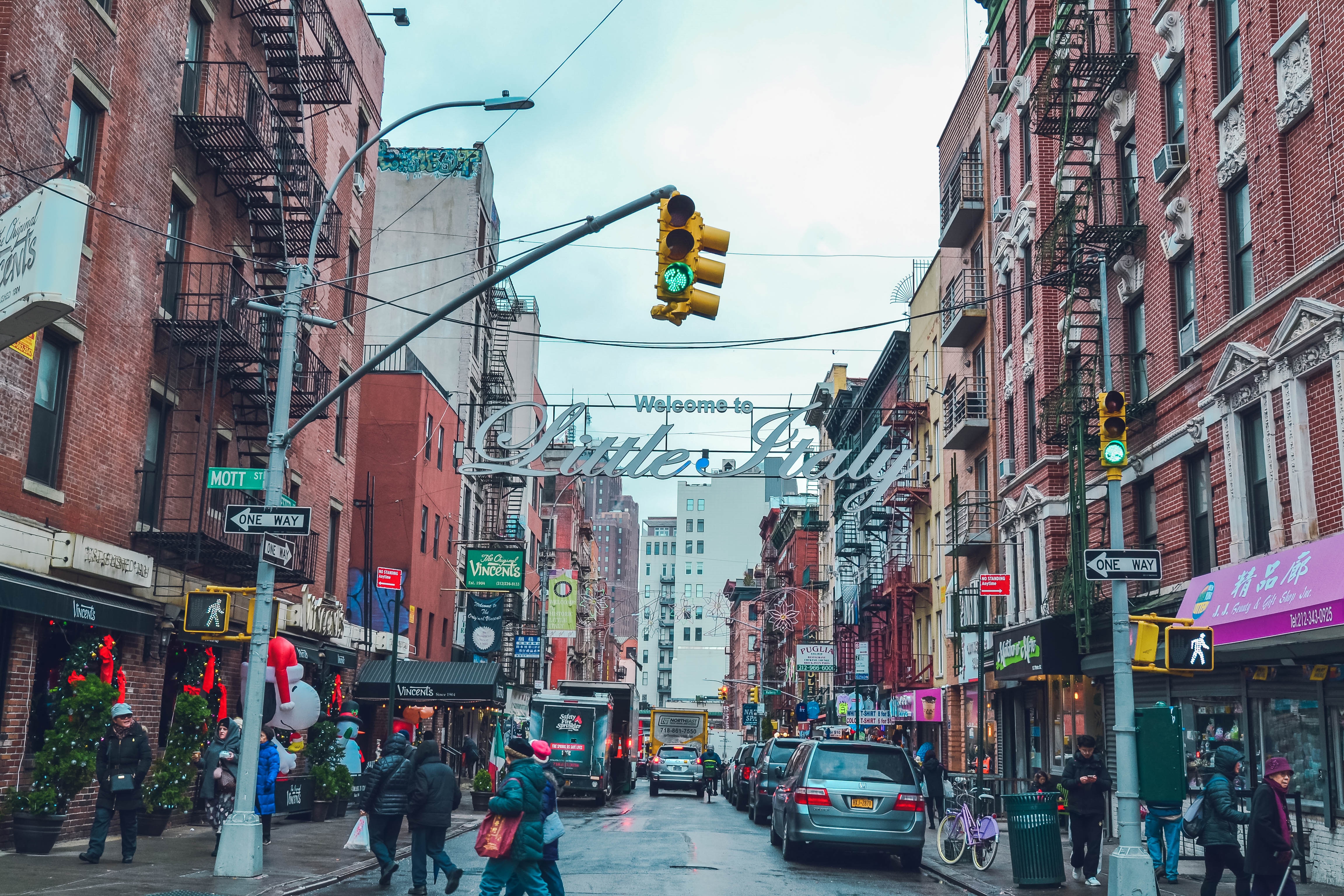
Chinatown-Little Italy Historic Tour is coming
Two Bridges Neighborhood Council (“Two Bridges”) is pleased to announce the soft launch of its official walking tours of Manhattan’s Chinatown and Little Italy within the official Chinatown-Little Italy Historic District, scheduled for Thursday, June 20th at 10:00 am and convening from the Canal Street Kiosk on Walker and Canal Streets. This exclusive tour venue sites will be built upon content and sourced from historical references contained in research documents underwritten by Two Bridges which contributed to the official state and federal 2009 designation of the Chinatown-Little Italy Historic District. Two Bridges has also engaged the expertise of the Historic Districts Council to assure historical authenticity to the tours and to the narratives of the various venues; this in contrast to tours that are not faithful to historical fact, or those that have narrowed scopes in so far as they impart negative cultural stereotypes or exaggerated fictitious portrayals all which fail to attribute the great contributions to American history of the thousands of hardworking immigrant families of these two co-existing neighborhoods.
Tommy’s New York LLC, a premier tour company, has been selected as an exclusive provider to conduct the tours ensuring a unique one-of-a-kind experience which is their hallmark. Tommy’s New York LLC, has established exclusive partnerships with a number of New York landmarks and attractions, including the very popular Catacombs by Candlelight Tour at Old Saint Patrick’s Cathedral in NoLita.
The tour district boundaries encompass the historic extent of Little Italy and the original historic core of Chinatown. The two communities have co-existed and overlapped for nearly a century and a half. The Italians once populated the area from Bleecker Street on the north to Bayard Street and Mulberry Bend; and from the Bowery to Lafayette, concentrating residential and commercial development on Elizabeth Street, northern Mott Street, Mulberry Bend, Baxter, Bayard, Prince, Spring, Broome, Grand and Hester Streets. Today the “Italian” neighborhood has contracted, and Mulberry Street between Prince and Canal is now the commercial core of Little Italy. The Chinese first settled around Mott Street south of Canal, including Mulberry Street, Bayard, Pell, and Worth Street to Chatham Square. From this historic core, Chinatown has more recently grown to encompass much of historic Little Italy and beyond.[1]
Proceeds from the tours will contribute to the work of the newly formed Chinatown-Little Historic District Improvement Association whose primary purpose is to promote tourism, special events and streetscape improvements within the Chinatown (Mott Street) and Little Italy (Mulberry Street) neighborhoods.
“…If you’re a fan of architecture, you’ll enjoy viewing the buildings that grace the area, most from the late nineteenth and early twentieth centuries. Look up and you’ll see five or six story buildings capped with very ornate cornices. This is true even for the rather plain tenement houses that were plentiful in this neighborhood.”[2]
ABOUT US: Two Bridges serves the residential, commercial, and cultural life of Manhattan’s Lower East Side through community-based programs and strategic partnerships in the economically, culturally, and ethnically diverse neighborhoods of Two Bridges, Chinatown and the Lower East Side.
[1] Historic District Application, United States Department of the Interior, National Park Service, National Register of Historic Places Continuation Sheet. 2009. Chinatown-Little Italy Historic District. Retrieved from: https://parks.ny.gov/historic-preservation
[2] A view on cities. 2009. Little Italy. Retrieved from: https://www.aviewoncities.com/nyc/littleitaly.htm

